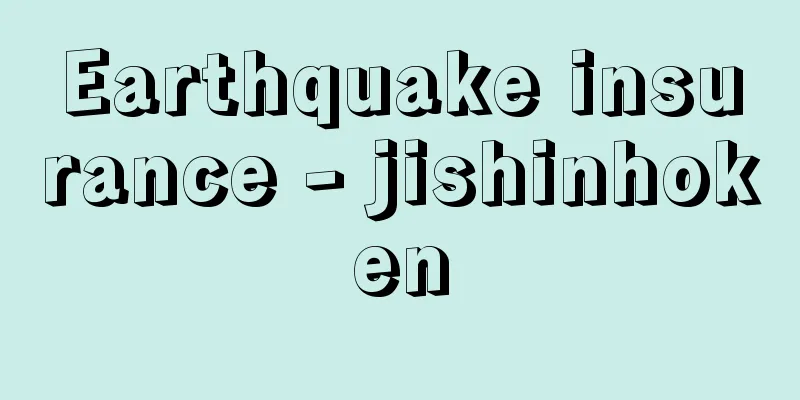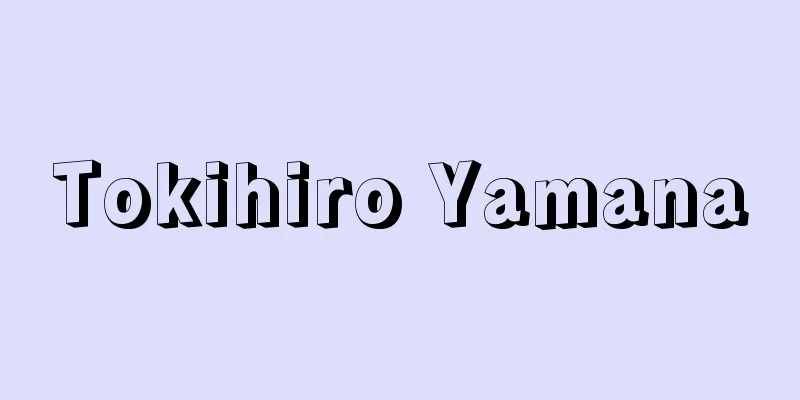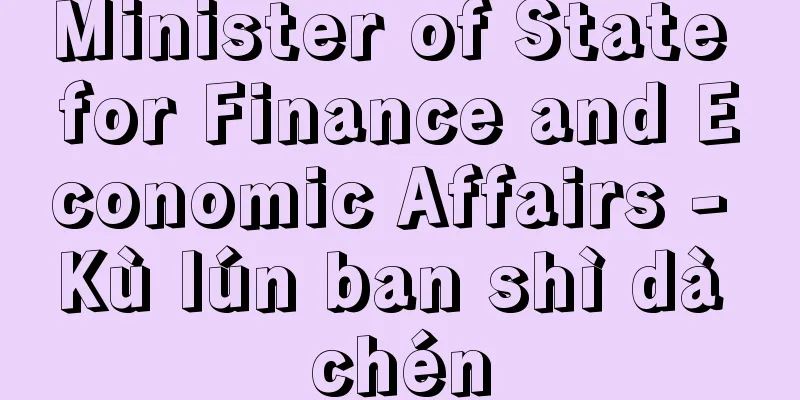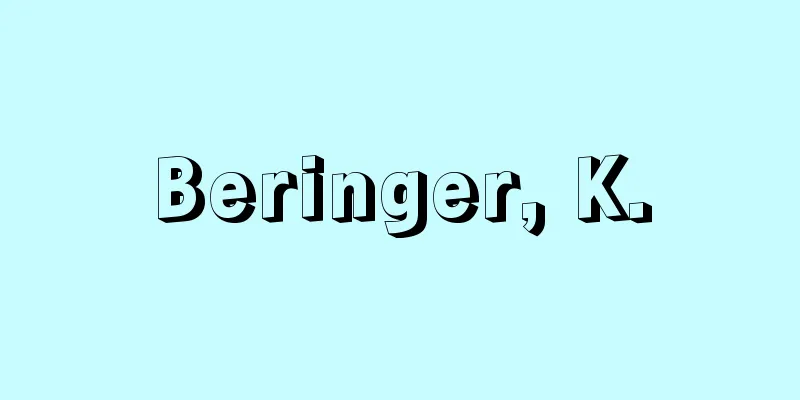Earthquake insurance - jishinhoken

|
Insurance that compensates for damage to buildings and household goods caused by fire, destruction, burial or washing away due to earthquakes, volcanic eruptions, or the resulting tsunami. Personal earthquake insurance is a type of non-life insurance with a policy nature that was introduced by the "Earthquake Insurance Act" and the "Earthquake Reinsurance Special Account Act" that were promulgated and put into effect in 1966 in response to the Niigata earthquake that occurred in 1964 (Showa 39). Earthquake insurance is a special (separate contract) and cannot be purchased on its own. It is an optional insurance that is added to home fire insurance, comprehensive home insurance, etc., with the latter as the main contract. Earthquake insurance covers damages caused by earthquakes, volcanic eruptions, and tsunamis to ordinary residential buildings and the belongings contained therein, within the range of 30-50% of the contract amount of the main fire insurance, with a maximum of 50 million yen for buildings and 10 million yen for belongings. It does not cover automobiles or precious metals, jewels, art, etc. with a value of more than 300,000 yen per item or set. The coverage is 100% of the contract amount in the case of total loss, up to the current value of the building and contents, 60% in the case of major loss, 30% in the case of minor loss, and 5% in the case of partial loss. The basic insurance premium rate (the ratio of the insurance premium to the insurance contract amount) is calculated by prefecture, building structural classification, earthquake-proof/earthquake-resistance discount, and discount by construction year. The total amount of payment by all non-life insurance companies due to a single earthquake is limited to 11.3 trillion yen (as of April 2017), and if it exceeds this limit, the insurance money will be reduced. Since earthquake damages can be huge, a government reinsurance system has been introduced. The burden of non-life insurance companies and the government is up to 88.4 billion yen, and up to 224.4 billion yen, all non-life insurance companies and the government will each pay 50%. If it exceeds that amount, the government will pay 99.8% (173.2 billion yen for all non-life insurance companies and 11.1268 trillion yen for the government). In addition, in consideration of the importance of earthquake prevention measures, the earthquake insurance premiums paid by policyholders over the course of a year are allowed as an income tax deduction. Immediately after the Niigata earthquake, the Niigata Prefecture Workers' Welfare Measures Council (now the Niigata Prefecture General Consumers' Cooperative) and the National Federation of Workers' Mutual Aid Consumers' Cooperatives (known as "Rosairen" at the time, and changed to the current "Zenrosai" in 1976) decided to pay a condolence payment (over 100 million yen) to affected policyholders (members) equal to the amount of the fire insurance. However, the tax office tried to impose a large amount of tax on the condolence payment. When this was covered in the media, social criticism grew, and Kakuei Tanaka, who was the Minister of Finance at the time, put a stop to this and made the non-life insurance industry pay the same amount of condolence payment to fire insurance policyholders. Later, at Kakuei Tanaka's request, the legal framework for public-private earthquake insurance, incorporating government reinsurance underwriting, was established, and earthquake insurance was sold by non-life insurance companies in 1966. Since fire insurance does not cover damage to buildings or belongings caused by earthquakes, volcanic eruptions, or tsunamis, earthquake insurance was developed as a special (separate) contract with fire insurance as the main contract. When it was first launched, it was automatically attached to comprehensive home insurance and comprehensive store insurance, and the contract amount was up to 30% of the main contract, and insurance payments were only made in the event of total loss, with the upper limit of the insured amount being 900,000 yen for buildings and 600,000 yen for belongings. Later, criticism of the system of automatically attaching it only to comprehensive insurance grew, and it was changed to automatic attachment as a rule. Automatic attachment as a rule means that if you do not want to subscribe to earthquake insurance when signing up for fire insurance, you indicate your intention by stamping the stamp column on the insurance contract application form. In addition to the method of joining earthquake insurance, insufficient coverage, etc. have become an issue every time a major earthquake occurs, not only due to the method of joining, but also due to issues such as damage standards, scope of coverage, joining method, and contract amount limit. Earthquake insurance has always been compared with the building reconstruction insurance (fire insurance) offered by JA Kyosai (a mutual aid association jointly operated by JA: Agricultural Cooperatives and JA Kyosairen: the National Federation of Mutual Aid Agricultural Cooperatives). Building reconstruction insurance has incorporated natural disaster coverage, including earthquake damage of 5% or more, into its main body from the beginning, and covers up to 50% of the fire insurance amount. Moreover, despite the fact that there is no limit on the total amount of payment for a single earthquake or a government reinsurance system, it has paid out insurance benefits far more than the total amount of earthquake insurance payments in the case of many large earthquakes in the past, such as the Miyagi Prefecture offshore earthquake (1978), the Great Hanshin-Awaji Earthquake (1995), the Tottori Prefecture Western Earthquake (2000), the Niigata Prefecture Chuetsu Earthquake (2004), and the Niigata Prefecture Chuetsu Offshore Earthquake (2007), and has therefore become a model for reviewing earthquake insurance. [Naoshi Oshio March 19, 2018] [Reference items] | | | | |Source: Shogakukan Encyclopedia Nipponica About Encyclopedia Nipponica Information | Legend |
|
地震・噴火またはこれらによる津波を原因とする火災・損壊・埋没または流出による建物や家財の損害を補償する保険。個人向け地震保険は、1964年(昭和39)に発生した新潟地震をきっかけにして1966年に公布・施行された「地震保険に関する法律」と「地震再保険特別会計法」により導入された、政策的な性格をもつ損害保険の種類である。 地震保険は特(別契)約であり、単独で加入することはできない。住宅火災保険や住宅総合保険などに加入したうえで、それを主契約にしオプションとして付帯する保険である。地震保険は一般の居住用建物とそこに収容されている家財が、地震、噴火および津波を原因として生じる損害に対し、主契約である火災保険の契約金額の30~50%の範囲内で、かつ建物については5000万円、家財については1000万円を限度として補償する。自動車や、1個または1組の価額が30万円を超える貴金属・宝石・美術品等は補償されない。 補償内容は、全損の場合、建物や家財の時価を限度として契約金額の100%、同じく大半損の場合は60%、小半損の場合は30%、一部損の場合は5%である。基本保険料率(保険契約金額に対する保険料の割合をいう)は都道府県別と建物の構造区分、免震・耐震割引、建築年による割引等により算出される。1回の地震による損害保険会社全社の支払総額は11兆3000億円(2017年4月時点)を限度としており、それを上回った場合には保険金が削減される。地震損害額は巨額に上る可能性があるため、政府の再保険制度が導入されている。損害保険会社と政府の負担額は、884億円までは損害保険会社全社が、それを超えて2244億円までは損害保険会社全社と政府が50%ずつ、さらにそれを超える場合は99.8%を政府が支払うことになっている(損害保険会社全社が1732億円、政府が11兆1268億円)。なお、地震対策の重要性にかんがみ、契約者が1年間に支払った地震保険料は所得税控除が認められている。 新潟地震直後、新潟県勤労者福祉対策協議会(現、新潟県総合生活協同組合)と全国労働者共済生活協同組合連合会(当時は「労済連」と略称。1976年に現在の「全労済」に変更)が被災した契約者(組合員)に対し火災共済金額と同額の見舞金(1億円余)を支給することを決定したところ、税務署はその見舞金に多額の税金を課そうとした。これがマスコミで取り上げられるに及んで社会的に批判が高まり、当時大蔵大臣であった田中角栄(たなかかくえい)がこれを止めさせ、損害保険業界に対しても火災保険契約者に対し同額の見舞金を支給させた。その後、田中角栄の要請を受け、政府の再保険引受けを組み込んだ官民一体の地震保険の法的整備が行われ、1966年に損害保険各社から地震保険が販売された。 火災保険では地震、噴火および津波を原因とする建物や家財の損害に対しては保険金の支払いが免責とされるため、火災保険を主契約とする特(別契)約として、地震保険が開発されたのである。発足当初は住宅総合保険と店舗総合保険に自動付帯される方式で、契約金額は主契約の30%まで、全損の場合にのみ保険金を支払う仕組みで、保険金額の上限は建物が90万円、家財が60万円であった。その後、総合保険のみに自動付帯する方式に批判が高まり、原則自動付帯に改められた。原則自動付帯とは、火災保険の契約に際して地震保険に加入しない場合は、保険契約申込書の押印欄に押印し意思表示する方式である。地震保険は加入方法のみならず損害基準、補償範囲、加入方法、契約金額の限度額など、大規模な地震が発生するたびに補償内容等の不十分さが問題となった。 地震保険がつねに比較されてきたのが、JA共済(JA:農業協同組合とJA共済連:全国共済農業協同組合連合会が共同で運営している共済)で取り扱われている建物更生共済(火災共済)である。建物更生共済では、本体に当初から5%以上の地震損害を含む自然災害保障を組み込み、火災共済金額の50%を限度に保障する内容で、しかも1回の地震に対する総支払額制限や政府による再保険制度がないにもかかわらず、宮城県沖地震(1978)、阪神・淡路(あわじ)大震災(1995)、鳥取県西部地震(2000)、新潟県中越地震(2004)、新潟県中越沖地震(2007)など、これまで多くの大規模地震の際に地震保険の支払総額よりもはるかに多い共済金を支払ってきたことから、地震保険の見直しの手本となってきた。 [押尾直志 2018年3月19日] [参照項目] | | | | |出典 小学館 日本大百科全書(ニッポニカ)日本大百科全書(ニッポニカ)について 情報 | 凡例 |
<<: Earthquake prediction - jishinyochi
Recommend
Naozumi Iwamatsu
Years of birth: Years of birth and death unknown. ...
Otsu (Hokkaido) - Otsu
...In the early Meiji era, the area was also used...
Gadameshi - Gadameshi
…It was said to have a silky soft feel. In the 8t...
Sarugenji Soushi - The Tale of Genji
During the Edo period, during the Kanbun era (1661...
Pre-arranged
It is a translation of the English word predestina...
Trichogaster trichopterus (English spelling)
…They do not breed until they are fully grown. (b...
Kogoro Uemura
Born: March 12, 1894 in Tokyo [Died] August 1, 197...
Clupea harengus (English spelling) Clupeaharengus
…[Tajima Yoshiya]. . . *Some of the terminology t...
Gustav Heinrich Wiedemann
German physicist and chemist. He lost his parents...
Haboro [town] - Haboro
A town in Tomamae County, Hokkaido. Most of the to...
ITI - Information Technology Institute
Information Technology Industry Council: Founded i...
renascences
…Such images of unexpected encounters between the...
Chest respiration
…Respiration is a type of breathing in which the ...
Car carrier
…Iron ore has a high specific gravity, so the shi...
Papaver orientale (English spelling)
…[Masao Yamashita]. … *Some of the terminology th...









